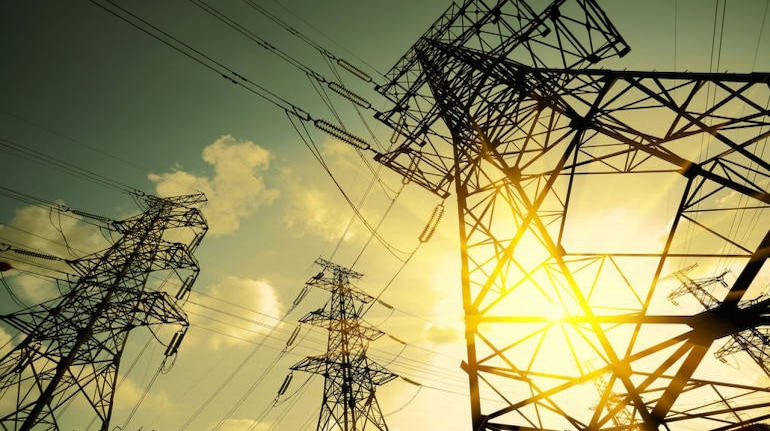



The government has drawn up an eight-point action plan to rationalise generation and supply of electricity in the country to reduce power cuts amid record demand.
The power ministry wrote to the states on September 5, asking them to ensure electricity supplies by shifting the agriculture load to solar hours, expediting completion of planned maintenance of generating stations, postponing maintenance plans of other generating units to the low-demand period, increasing use of gas-based power plants, and bringing back units under forced outage.
 Non-thermal sources such as wind energy, hydropower and gas-based electricity have performed poorly this time compared to the same period last year.
Non-thermal sources such as wind energy, hydropower and gas-based electricity have performed poorly this time compared to the same period last year.
Peak power demand in India hit a record 240 gigawatts on September 1. However, there was also a shortfall of as much as 10 GW, resulting in power cuts in several parts of the country.
The spike in power demand in August and September is because the weather has been unusually dry. India had its most parched August in 122 years, with rainfall plummeting to 33 percent below the seasonal average, according to the country’s met office.
Alarmed by the power shortages, recorded mainly during non-solar hours and at night, the government asked all states, generation companies and distribution companies to ensure electricity availability.
Adequate capacity
India has a total power generation capacity of 423.359 GW, which is more than enough to meet the current peak demand. Central government-run capacity is 101.415 GW (24 percent), state governments have 105.749 GW (25 percent) and the private sector has 216.195 GW (51.1 percent).
However, there are power shortages in some areas because generation units are under repair and maintenance. Additionally, non-thermal sources such as wind energy, hydropower and gas-based electricity have performed poorly this time compared with the same period last year.
The power ministry, in its letter to the chief secretaries and power secretaries of all states, apart from all generation companies and distribution companies, said many stations are not operating at full capacity, due to which 12 GW-14 GW is not available.
Power plants cited reasons such as poor quality of coal, sticky coal, and issues in ash ponds for not operating at full capacity. The ministry said such issues require urgent attention.
The ministry also said generating companies need to ensure that actions are taken to make full availability of generating units. All generation companies need to import coal in the manner specified by the ministry.
In a September 1 order, the ministry of power extended the mandate to gencos for blending imported coal in thermal power plants till March 2024 instead of September 2023. The government also lowered the blending percentage of imported coal to 4 percent from 6 percent.
The government's action plan states that states with excess power should offer it to other needy states through the power exchanges.
It asked the states to increase the usage of gas-based power from plants with which it has purchase agreements during high-demand and non-solar hours.
The Centre also asked the states to expedite the commissioning of new thermal, solar, and wind energy units.
Below-normal output
Historically, wind power generation is higher during the June-September period. But against an installed capacity of 43.9 GW, variable wind power output was down to 2-3 GW this time, according to data from the power ministry.
Hydropower generation dropped to less than 40 GW this year from 45 GW last year due to a below-normal monsoon. This resulted in depleted reservoir levels, especially in the southern region, leading to sub-optimal hydro generation.
Gas-based generation has been lower due to availability issues. Ministry data showed that the maximum generation was about 8.7 GW against the total installed capacity of 25 GW.
To cater to the high-demand situation, the Centre is harnessing all resources on the grid. All coal-fired units have been kept in service after August 15, except for 30-32 GW of capacity that is under planned and forced outage.
"It is pertinent to mention that the entire onus of meeting non-solar hours demand falls upon the coal-fired generation," the ministry stated.
Discover the latest Business News, Sensex, and Nifty updates. Obtain Personal Finance insights, tax queries, and expert opinions on Moneycontrol or download the Moneycontrol App to stay updated!
Find the best of Al News in one place, specially curated for you every weekend.
Stay on top of the latest tech trends and biggest startup news.